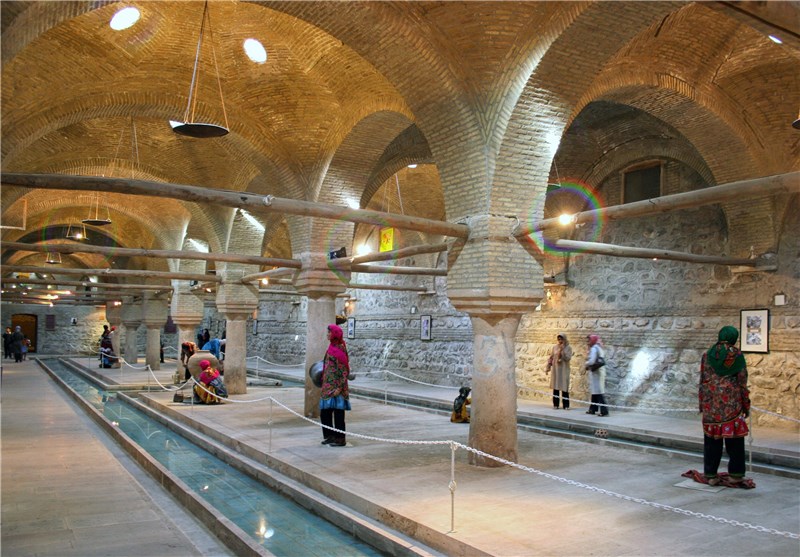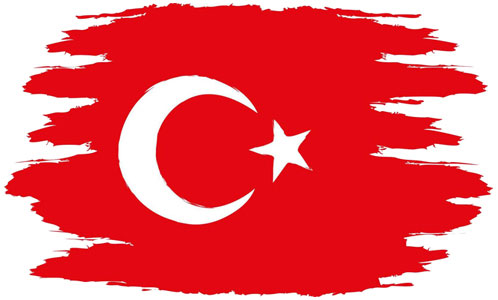Introduction
Located in northwestern Iran, the Zanjan province is a culturally rich and historically significant area that has played an essential role in the development of modern Iran. With a population of over a million people, the province is known for its diverse culture, literature, and art. The Zanjan city, which serves as the capital of the province, is known for its exquisite architecture and traditional craftsmanship, which have made significant contributions to Iran's cultural heritage. The region is also blessed with beautiful landscapes, rivers,
mountains, and natural resources that make it an ideal tourist destination. This essay aims to explore Zanjan province's cultural, literary, art, social, economic, geographical, and historical aspects and its role in the context of Iran's civilization. It will also highlight why it is crucial to study the region today and its competitive advantages in contemporary Iran's sustainable development.
Historical Background
The history of Zanjan province dates back to ancient times when it was part of the Achaemenid Empire, a vast Persian empire that spanned three continents. During the Sasanian era, Zanjan served as a vital transportation route from the Caspian Sea to Central Asia and was a center of trade and commerce. In the eighth century, after the Arab invasion, the region became predominantly Islamic, and its
architecture and culture were heavily influenced by Islamic art and literature. Throughout the centuries, Zanjan was an important center of resistance against foreign invasions and played a crucial role in the Iranian constitutional revolution of 1905-1911, which paved the way for the country's modernization.
Culture and Literature
The Zanjan province is known for its rich and diverse culture and literature. The region has a unique blend of Persian and Azerbaijani culture, which has given rise to a distinct cultural identity. The Zanjan city is famous for its traditional crafts such as carpet weaving, traditional pottery, and metalwork. The city's Grand Bazaar is a renowned cultural landmark that showcases the city's
traditional crafts and trades. Zanjan's literature is also a significant part of Iran's literary heritage.

Zanjan's exquisite art and architecture are testament to the rich heritage
Art and Architecture
Zanjan's exquisite art and architecture are testament to the region's rich cultural heritage. The city's main landmark is the Zanjan Jameh Mosque, which dates back to the Seljuk era and is a masterpiece of Islamic architecture. The mosque's unique design and intricate tilework have earned it a place on UNESCO's list of world heritage sites. Another magnificent architectural feature in the city is the Rakhtshooy Khaneh, a traditional laundry house that was once used for washing and drying clothes. This historic building has been restored to its former glory and now serves as
a cultural center and museum.
Social and Economic Aspects
The Zanjan province has a predominantly agricultural economy, with wheat, barley, and cotton being the main crops. The region's traditional crafts such as pottery, metalwork, and carpet weaving also contribute significantly to the local economy. In recent years, Zanjan has seen significant development in the tourism industry, with many foreign and domestic tourists flocking to the region to explore its cultural and historical landmarks. The region's social fabric
is also unique, with a distinct blend of Persian and Azerbaijani culture that has given rise to a diverse and tolerant society.
Geographical Aspects
Zanjan province is located in northwestern Iran, between the Caspian Sea and the central plateau. The region is blessed with stunning natural beauty, including majestic mountains, fertile valleys, and crystal-clear rivers. The highest mountain in the region is the Alvand, which offers breathtaking views of the surrounding landscape. The Zanjan city is situated on a plateau and is surrounded by hills and
mountains, making it an ideal location for agriculture and traditional crafts.
Significance in the Context of Iran's Civilization
Zanjan province, with its unique blend of Persian and Azerbaijani culture, has played a crucial role in the development of modern Iran. The region's architecture, literature, and traditional crafts have made significant contributions to Iran's cultural heritage. Its
strategic location also made it an important center of trade and commerce throughout history. Zanjan's role in the Iranian constitutional revolution of 1905-1911 is a testament to the region's role in shaping Iran's modern history.

Studying Zanjan province today is crucial for several reasons
The Importance of Studying Zanjan Province Today
Studying Zanjan province today is crucial for several reasons. First, it allows us to understand Iran's rich cultural and historical heritage and appreciate its diversity. Second, it provides insights into Iran's traditional crafts and trades, which are still relevant today and have significant economic significance. Third, studying Zanjan province also helps us understand Iran's
political and social dynamics, which are shaped by its multifaceted cultural identity. Finally, exploring the region's natural resources and its potential for sustainable development is essential in the context of contemporary Iran's sustainable development.
Zanjan Province's Competitive Advantages in Iran's Contemporary Progress toward Sustainable Development
Zanjan province's unique blend of cultural, historical, and natural resources provides it with several competitive advantages in Iran's contemporary progress toward sustainable development. First, the region's traditional crafts and trades can be revitalized and modernized to meet the demands of the global market. Second, the Zanjan province's natural resources can be harnessed to promote
sustainable tourism, which can contribute significantly to the local economy. Third, the region's fertile lands can be used for sustainable agriculture, promoting food security and self-sufficiency. Finally, the Zanjan province's strategic location can be leveraged to promote regional connectivity and trade, which can contribute to Iran's economic growth.
Conclusion
In conclusion, Zanjan province is a culturally rich and historically significant region that has played a crucial role in the development of modern Iran. Its unique blend of Persian and Azerbaijani culture, literature, arts, and traditional crafts, coupled with its strategic location and stunning natural beauty, make it
an essential destination for studying Iran's rich cultural heritage and sustainable development. With its potential to revive traditional crafts, promote sustainable tourism, harness natural resources, and promote regional connectivity and trade, Zanjan province has several competitive advantages that can contribute to Iran's contemporary progress toward sustainable development.
Dear Visitor; Please take a look at the list of 50 most visited websites in the world wide web: YouTube, Facebook, google, translate, gmail, weather, amazon, Instagram, cricbuzz, Hotmail, wordle, satta king, twitter, yahoo, yandex, sarkari result, Netflix, google maps, yahoo mail, roblox, whatsapp, NBA, BBC news, outlook, pinterest, flipkart, eBay, omegle, live score, tiktok, canva, ipl, premier league, hava durumu, ibomma, walmart, twitch, ikea, shein, linkedin, home depot, e devlet, lottery, snaptik, cricket, serie a, nfl, spotify, fox news, amazon prime; There is no book publishing related or project management website in this list. We are working hard to bring these important issues to the center of concentration of societies. Please introduce us via social media, share our website with others and help us to make our world a better place to live. Best Regards.













Write your review